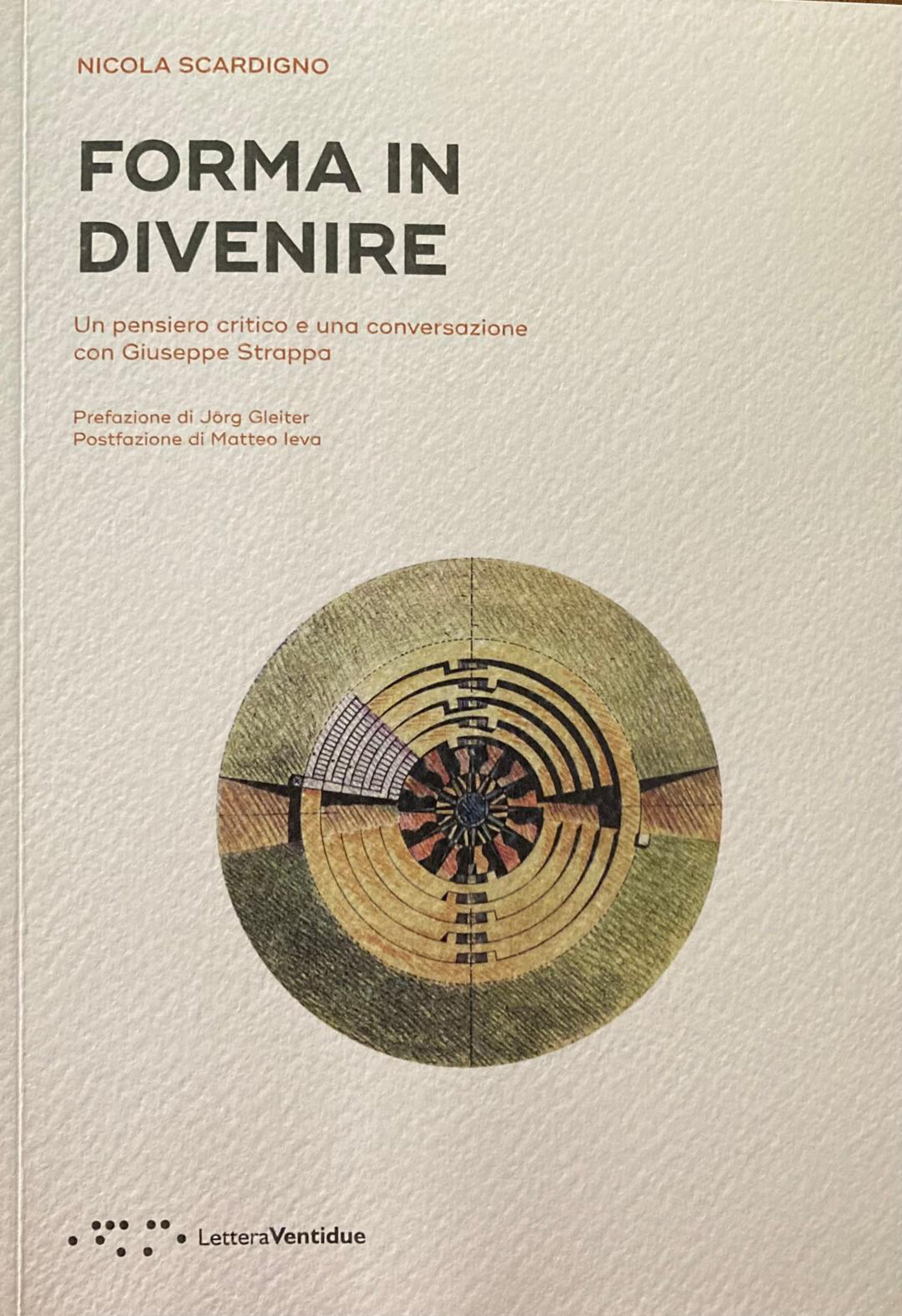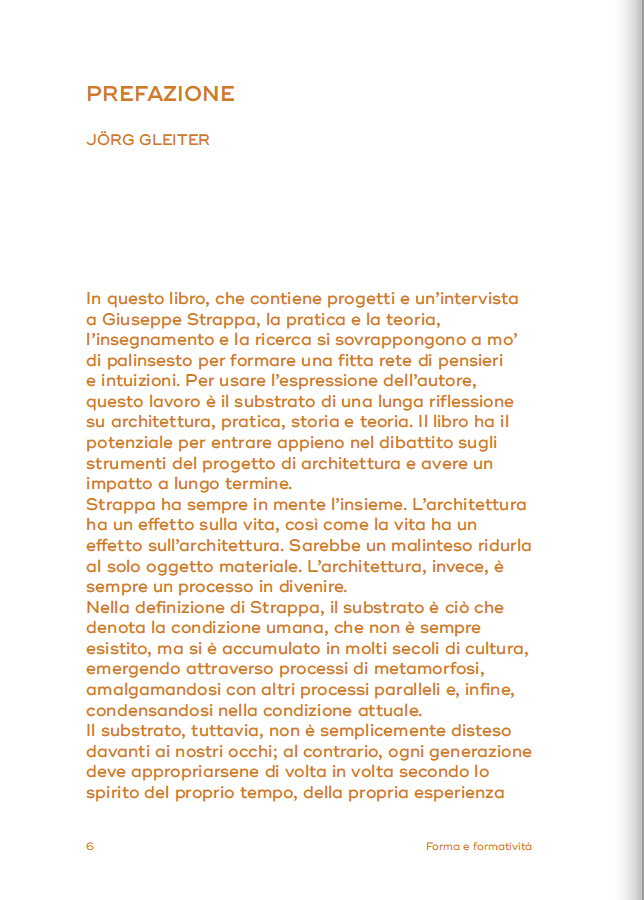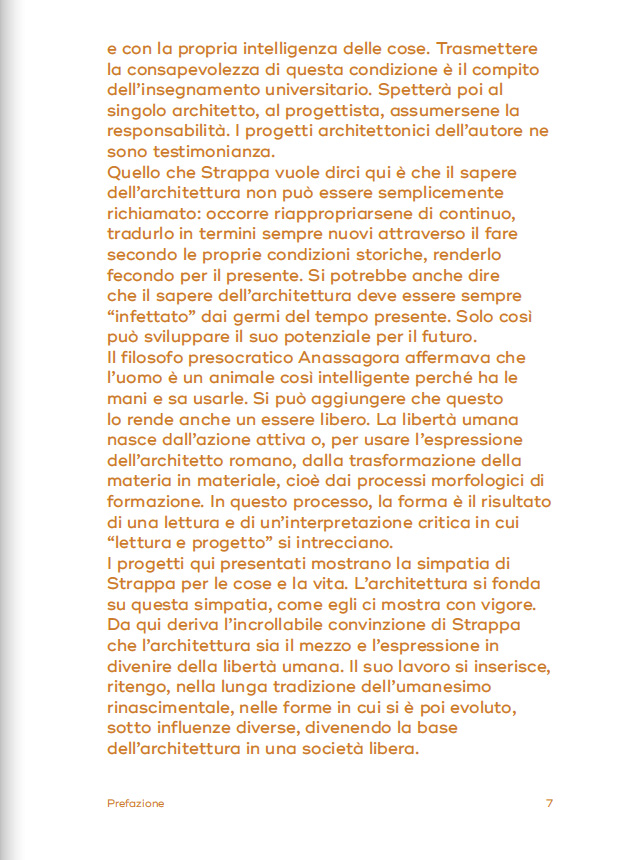Palazzo di Giustizia a Teramo – Gianfranco Caniggia, 1968-1981
FARE CLICK SOPRA
Palazzo di Giustizia a Teramo – Gianfranco Caniggia, 1968-1981
FARE CLICK SOPRA
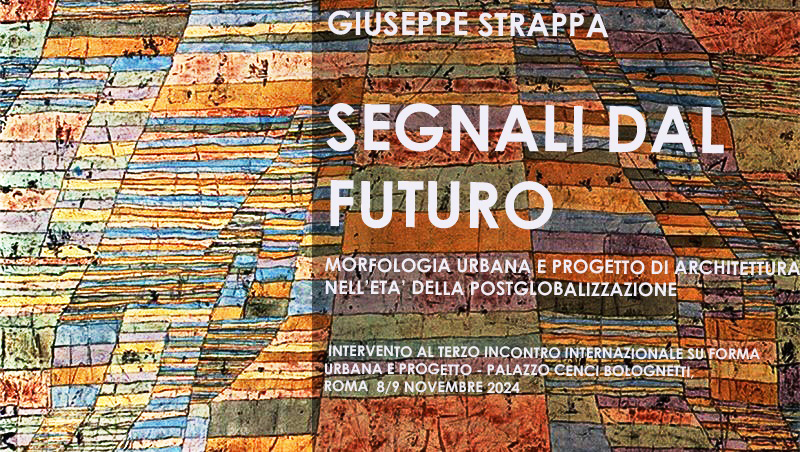
La lettura morfologica della città come strumento di progetto. Intervento di apertura delle giornate di studio “Forma Urbana e Progetto”, terzo incontro di studio sulle prospettive internazionali di ricerca tenuto nei giorni 8-9 Novembre 2024 presso Palazzo Cenci Bolognetti, Via di S. Maria de’ Calderari 38, Rome, Lecture hall.
“DeğişKent” Değişen Kent, Mekân ve Biçim
Türkiye Kentsel Morfoloji Araştırma Ağı II. Kentsel Morfoloji Sempozyumu
ISBN: 978-605-80820-1-4
Giuseppe Strappa
Sapienza University of Rome
gstrappa@yahoo.com
Urban Morphology Following The Muratorian Tradition
Following Muratorian Tradition
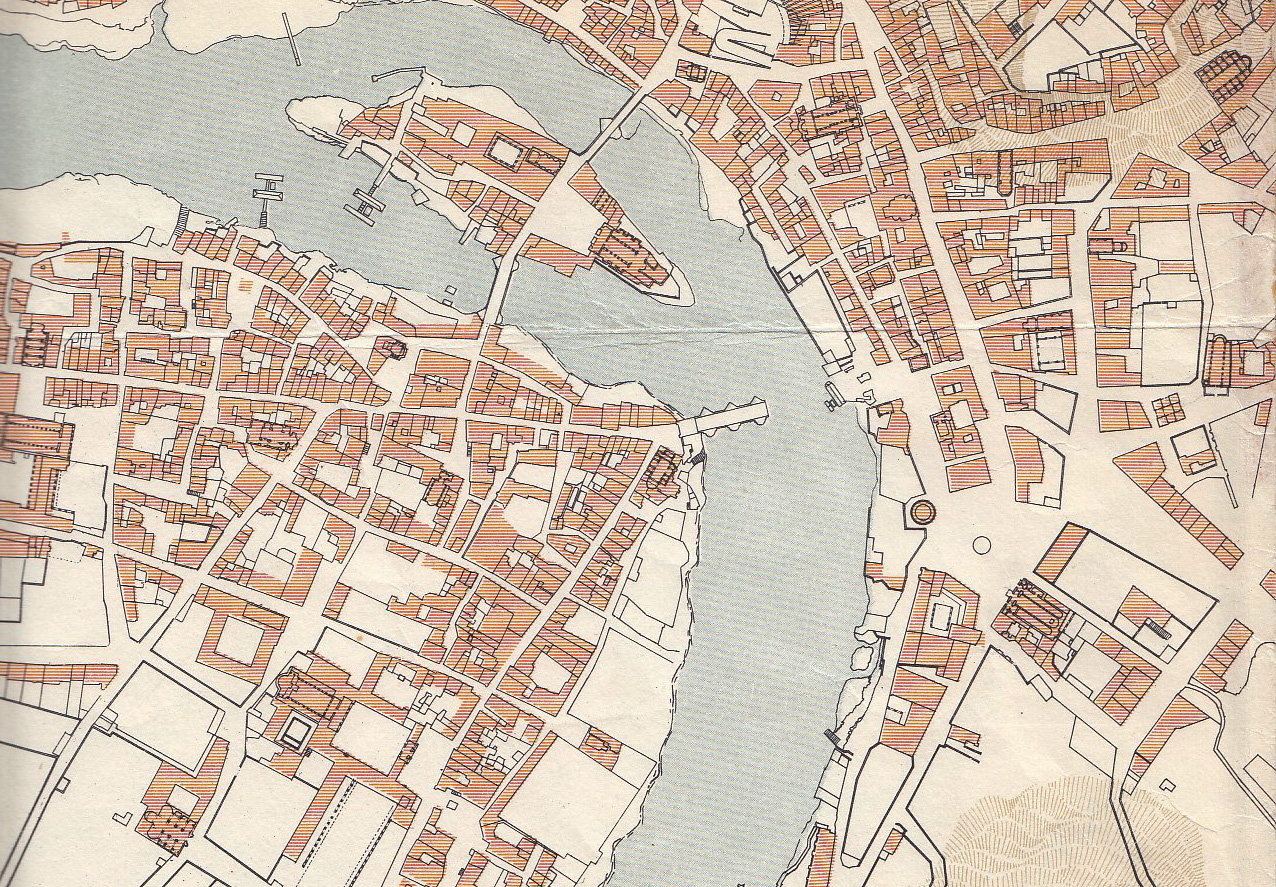
The method of reading and design the built landscape I will briefly present you here, draw from studies taking place in Rome in the interwar period by scholars as Gustavo Giovannoni, Giovan Battista Milani, Arnaldo Foschini and continued by Saverio Muratori.
For the method I propose, the Roman School heritage is relevant mostly for notions as history’s centrality in built environment interpretation and the coincidence of reading and design. Architectural “redesign” was (and is) in fact considered as a tool to transmit the notion of process and organism intended as an “integrated, self-sufficient correlation of complementary elements expressing a unitary aim”. (Strappa, 2014).
Unlike other Italian schools, such as Aldo Rossi’s and Carlo Aymonino’s ones, the Muratorian school considers the critical reading of built reality as the design itself.
Some affinities with this method can be recognized in researches conducted within the Birmingham University, where a whole geographers school, coordinated by Jeremy Whitehand, formed on M.R.G. Conzen teaching (for several aspects close to Muratorian school) has meet a particular fertile ground of confrontation.
Perhaps the closest research, in Turkey, to this school is due to Sedad Hakkı Eldem, an architect born in Istanbul and of international culture, who has long studied the building types of Turkish architecture. Eldem’s abstraction process in Turkish House Types is, in fact, the invention of an “universal category” which has a general and generative value, out of its own local definition. His abstract plan type is explored through the study of the planimetric organization of sofa as the constituting the central element of the distributive space and the focal, symbolical point of the traditional house. Eldem refers explicitly to the Turkish architectural tradition and derives morphological general considerations from it.
I believe that an useful definition that Eldem would share is that “Urban morphology is the study of urban form interpreted as the visible aspect of a structure”. Consequently urban morphology study is referred to the interpretation of the urban landscape as a structure in which each part is linked to the others, and to the knowledge of the urban environment not just through the perception of it but as the visible aspect of the territorial structure. ………………..
Read more
da U+D Urbanform and Design n° 1 LINK Murario tedesco U+D Strappa
INDICE
PREFAZIONE di Jörg Gleiter
SPAZIO O ARTE DELLA DELIMITAZIONE
CONVERSAZIONE CON GIUSEPPE STRAPPA
Parte 1 – Il progetto come processo circolare
Parte 2 – Didattica come “Architettura insegnata”
GIUSEPPE STRAPPA: POETICA DELL’EPOCHÈ E
FORMATIVITÀ DELL’ARCHITETTURA
Postfazione di Matteo Ieva
